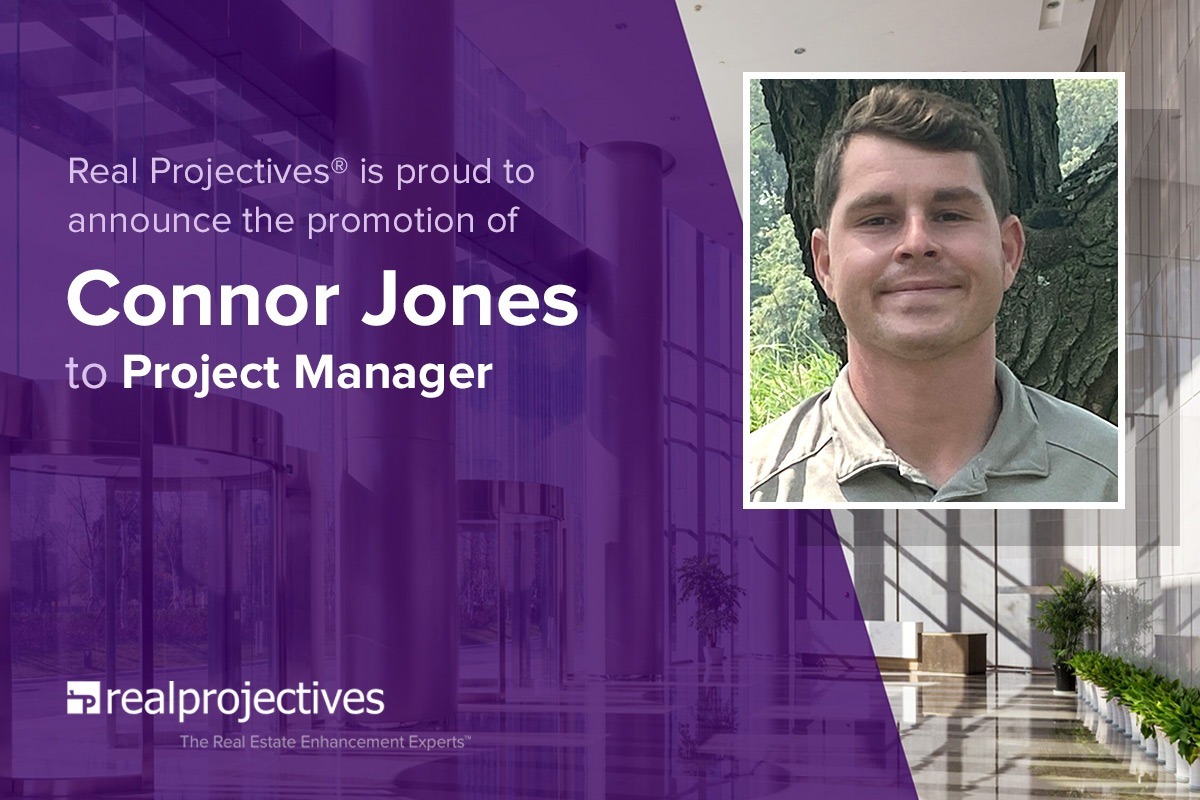Real Estate Program Management

Sometimes Real Projectives’® (RPL) assignments start as, or transform from, one-off projects into dozens or hundreds of anticipated similar pursuits.
When that situation arises, we shift our services from a singular project focus to broader programmatic (or platform/portfolio) perspective. In essence, a program groups together similar projects to leverage shared benefits and resources—and the process of doing so is called “program management.”
Program management demands additional efforts regarding several aspects beyond those of individual projects, including identifying synergies and differences, managing shared resources and combined risks, creating a cohesive communications strategy, and establishing consistency across the board. In this post we narrow our thoughts around three key aspects of managing a program of dozens of capital renovation projects across multiple properties in several states.
Defining a Plan
First, professional managers should begin by answering these fundamental questions: (1) what are the strategic goals including common benefits desired? (2) who are the relevant stakeholders and key resources? and (3) what are the relative priorities?
After answering those questions, he or she should create a written program management plan for capital renovations or expansions setting forth the shared performance goals and standards, enabling effective communications, reporting, identifying key resources and constraints, establishing coordinated timelines, determining shared and aggregate budgeting and cost management systems, and addressing appropriate risk factors.
Additionally, it is important to create standard processes, procurement and contracting tools, and risk assessment guides to help teams consistently evaluate and implement each project.
Managing Resources
In many cases, leveraging and managing limited resources are significant efforts of program management. For example, using one or a few design consultants allows for better standardization across all projects, greater efficiency, and the ability to scale quicker. However, limited staffing may constrain their capacity to do several jobs in the same phase simultaneously. Therefore, the program manager must help set priorities and communicate to project teams that an individual project may have to wait momentarily while another gets the attention.
And certainly, it is important to not overload the project managers. So, the program manager must continuously forecast staffing and balance resources as necessary. Staying aware when your small groups of resources may need to have support due to their inability to take on extra work will save headaches for all later.
Tracking Costs
A third key advantage of program management is to uniformly track financials so the individual cost items on projects can be rolled up consistently into aggregate reporting and for sound decision-making.
We like to begin with the end in mind by developing reports with needed metrics that satisfy stakeholders. From those, we work backwards to formulate appropriate tracking sheets and databases of historical costs and projected changes. Furthermore, preparing a standard budget template with guidelines for key assumptions really helps to start budgeting efforts in the right way for each project. In aggregate these tools work together to better manage the predictability of costs at all stages of each project, and therefore reduce risks to the program.
If you are looking to leverage economies of scale and improve consistency across your real estate portfolio, RPL provides the insight and expertise that drives your program’s expected results and manages the related risks for successful outcomes.
Please contact us today to start a conversation.


